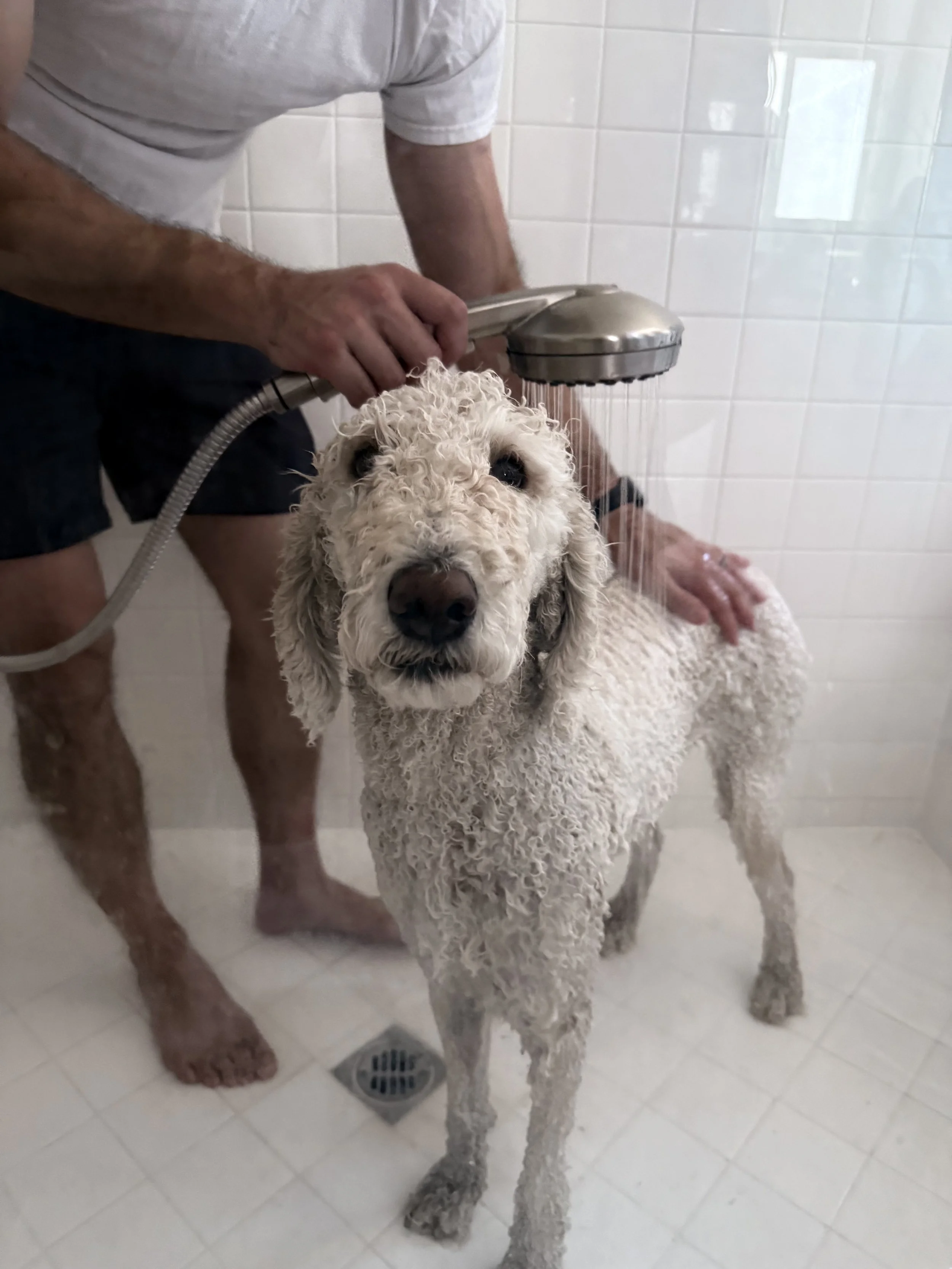3 Types of Pet Allergies—And What You Can Do About Them
If your pet is constantly licking, scratching, or losing hair, they might be suffering from allergies. In the Sacramento area, flea allergies and environmental allergies are especially common, but food allergies are often overlooked. This guide breaks down the three major types of pet allergies, how to recognize them, and what you can do to help your pet find relief.
1. Flea Allergies
Most common. Easiest to treat.
Flea allergy dermatitis (FAD) is a reaction to flea saliva. Just one bite can make your pet intensely itchy—even if you don’t see any fleas.
Common signs:
Hair loss on the lower back and tail area
Overgrooming in cats
Itching that worsens in summer
Testing & treatment:
Start by putting your pet on a veterinarian-approved flea prevention year-round. This is both a diagnostic and a treatment tool.
Even indoor pets can benefit from consistent flea control.
Pro tip: Because pets with flea allergies can react to just one bite, you may never see a flea on them—don’t let that fool you.
2. Environmental Allergies (Atopy)
Often seasonal. Can be managed but not cured.
Environmental allergies come from things like pollen, grass, dust mites, and mold. These are common in the Sacramento region, especially in spring and summer.
Common signs:
Licking or chewing of the paws
Itchy ears or chronic ear infections
Red, inflamed skin—often with a seasonal pattern
Testing & treatment:
Blood or skin testing can help identify specific allergens
Treatments include:
Cytopoint – an injection that relieves itching for 4–8 weeks
Apoquel and Zenrelia – daily oral allergy medications
Immunotherapy injections – the gold standard of allergy treatment, requires a greater monetary investment and can take up to a year to work
Medicated shampoos and topical therapies – often used in conjunction with the above options
These treatments help manage symptoms but often require lifelong care. Pets respond differently to treatments and finding the right regimen often requires some trial and error with the help of your veterinarian.
3. Food Allergies
Can develop later in life—even on the same food.
Food allergies are usually a reaction to the protein source in your pet’s food, such as chicken, beef, or fish.
Common signs:
• Persistent itching—especially around the back end
• Chronic ear or skin infections that don’t improve with typical allergy treatments
• Occasional vomiting or soft stool
Testing & treatment:
• There’s no reliable blood test—a prescription diet trial is the gold standard
• Use a novel protein (like venison or rabbit) or a hydrolyzed protein diet for 8–12 weeks
Strict diet adherence is critical—no treats, table scraps, or flavored meds
Can Pets Have More Than One Type of Allergy?
Yes—and many do. For example, a dog might be allergic to fleas and have seasonal pollen allergies at the same time. That’s why it’s so important to work with your vet to pinpoint the causes and create a step-by-step plan.
When Should I Talk to My Vet?
If your pet is constantly licking, scratching, or losing fur
If they’re not responding to standard treatments
If you notice recurring ear infections or skin issues
Some mild cases might improve with antihistamines like Benadryl or Zyrtec, but always talk to your vet before giving any medications.
The Bottom Line
Pet allergies are common—but they’re also manageable with the right care. Whether it's flea prevention, seasonal allergy treatment, or a prescription diet, there are many ways to help your pet feel more comfortable and live a healthier, happier life.



